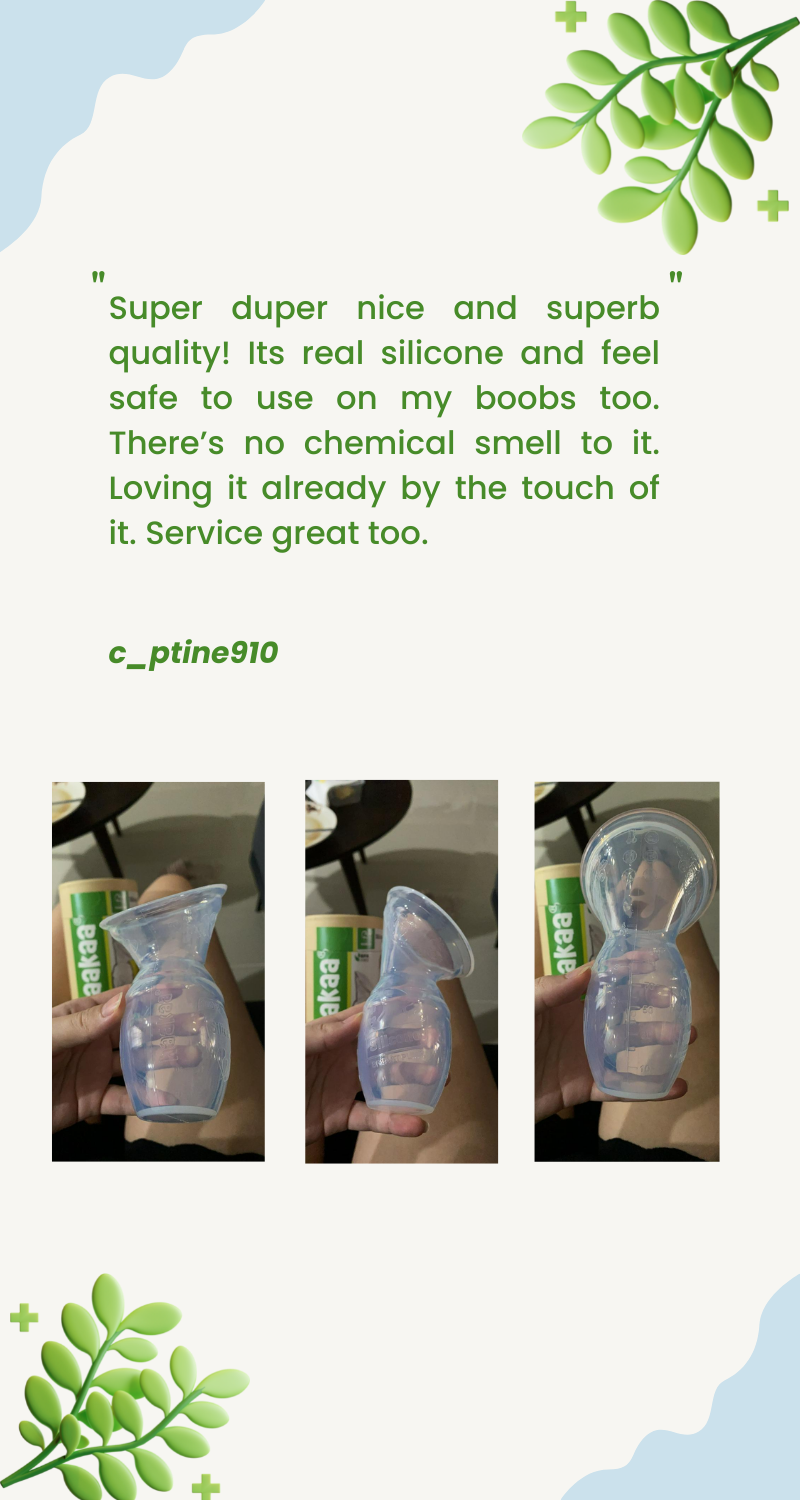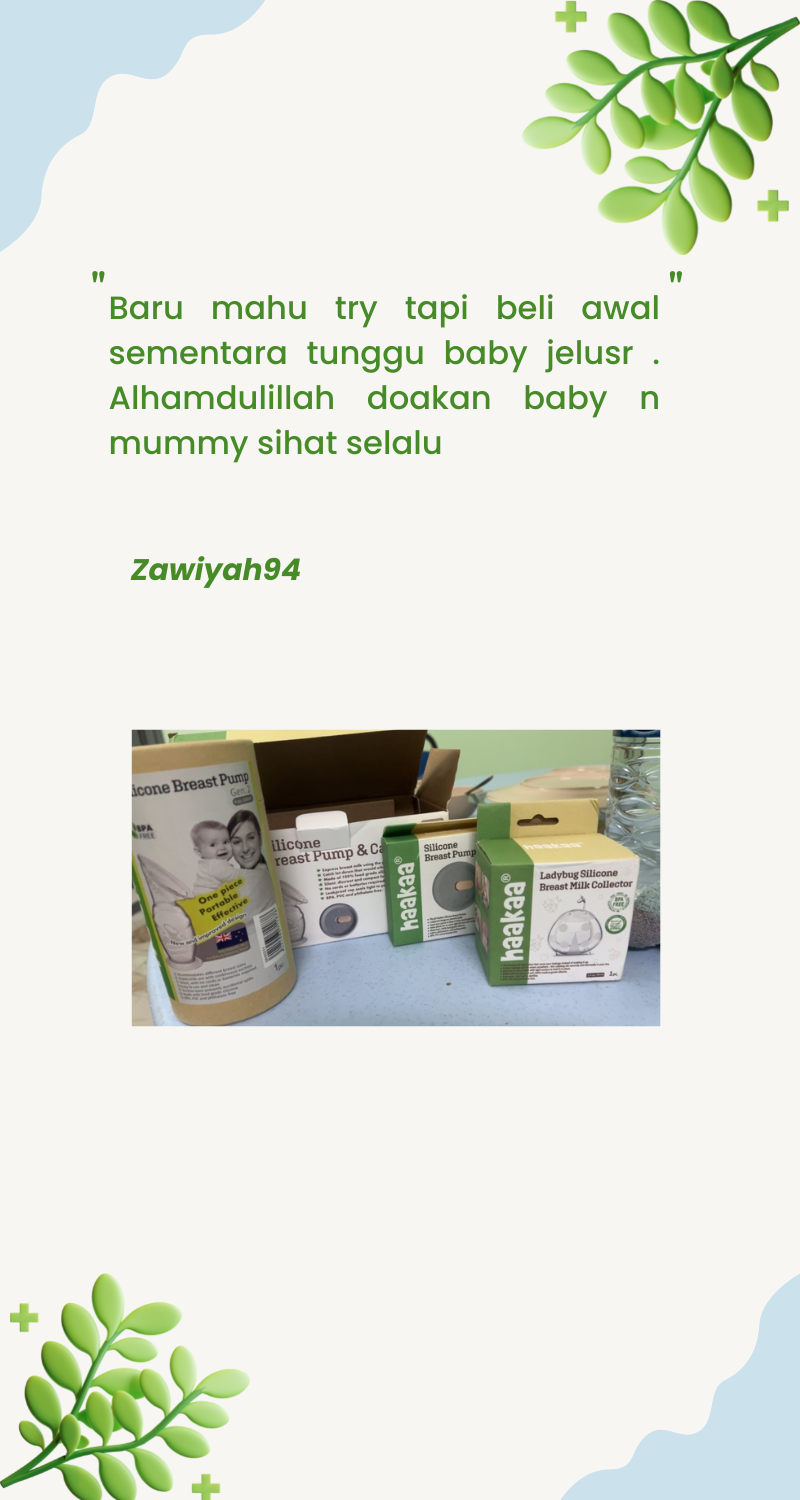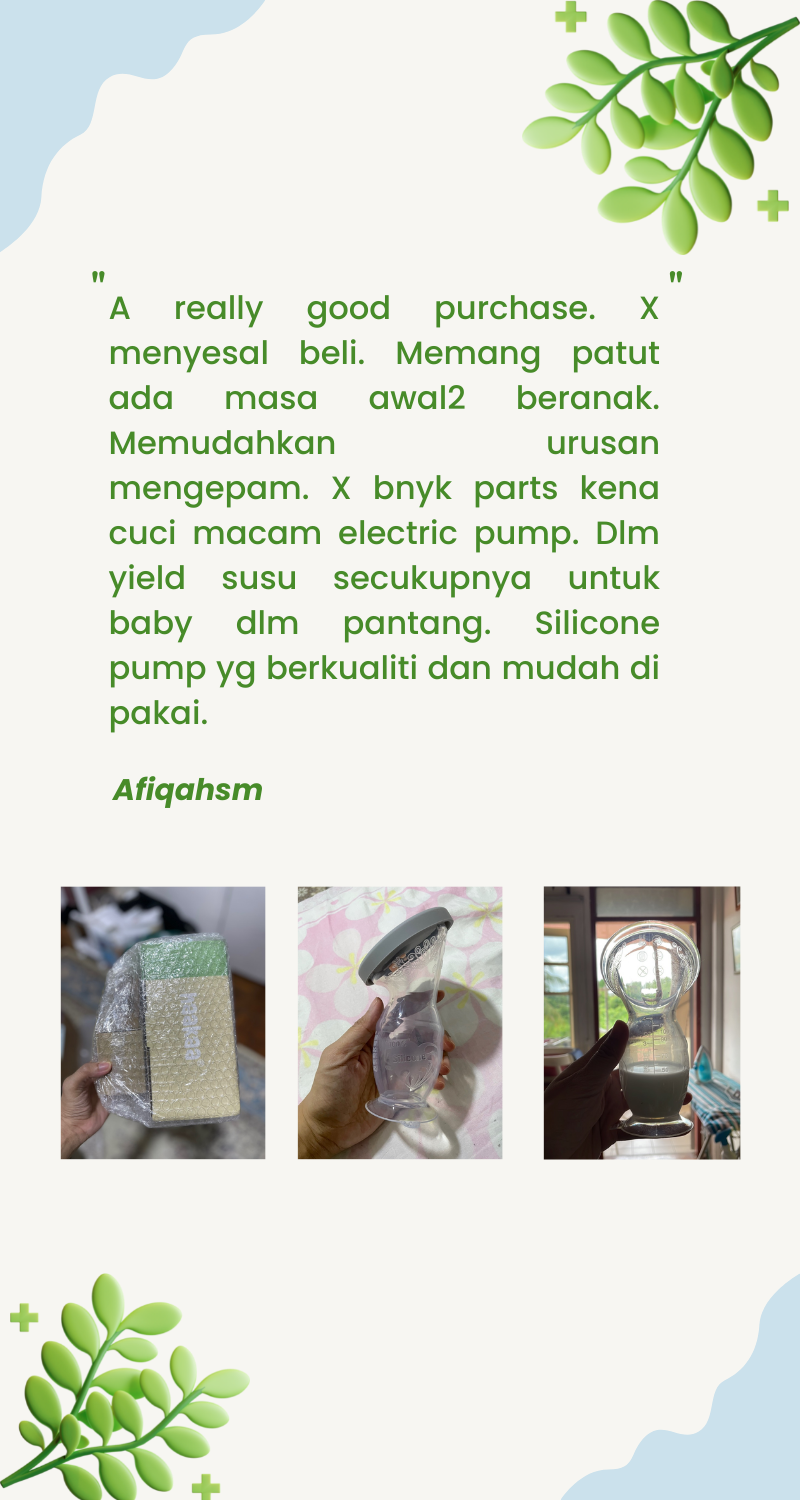Haakaa Product FAQs

Hey mamas! This week we’re going to go through some frequently asked questions about your favourite Haakaa products.
General
Why is my silicone product cloudy?
Silicone is an absorbent material and can absorb the colours and smells of substances it comes in contact with. Although your silicone products can go in the dishwasher, we recommend hand washing with hot, soapy water. To sterilise, we recommend boiling in water for 2-3 minutes of using a steam steriliser.
We strongly recommend not using any bleach-based agents or sterilising tablets to clean your Haakaa products as it can affect the clarity of your product. Although your products might become cloudy after using detergent to wash them, silicone does not leach and it is still completely safe to use. If you are still concerned, you can sterilise your pump again by boiling in water, just to be safe!
Some mums have said that boiling the pump in water with a touch of white vinegar can help improve the clarity of the pump, so you may wish to give this a go.

Can I use a UV steriliser for silicone?
The easiest and simplest way to sterilise silicone is to simply boil in water for 2-3 minutes. If you use a UV steriliser, you may end up reducing the lifespan of your product which can eventually cause the silicone to become sticky and unusable over time. For these reasons, we do not advise using UV sterilisers for your Haakaa silicone products.
I accidentally used a bleach-based detergent for my products! Is it still safe to use?
Bleach-based cleaners can reduce the lifespan of your silicone products and cause them to become sticky and unusable. If your products still look and feel fine after briefly coming in contact with a bleach-based cleaner, then they are still safe for you to use. If you feel unsure, you can always sterilise your products by boiling in water for 2-3 minutes.

Breast Pumps
Why has my pump lost its suction?
Have you tried a stronger suction? Sometimes, when our bodies are constantly changing after the birth of our babies, the suction strength needed changes as well.
When attaching, do you fold the flange back, squeeze the bottom of the pump, centre it onto your nipple, unfold the flange and release? This is the most effective way of attaching. The more you squeeze the bottom of the pump, the stronger the suction will be.
Another tip would be to assist your breast by holding or cupping it in one hand while attaching the pump in the other so you can really get a centre onto your breast and allow the pump to grasp a bigger area.

If you find none of these tips work and it still won't suction on properly, it may be that the silicone material has worn and lost its suction. Sometimes this can happen depending how often it is used and sterilised, as well as the method of how it's washed and sterilised – the more you sterilise your pump, the faster it will lose its suction. Some mums find they need to replace their pumps after a few months while others have theirs for years. It really differs for each person based on each of those factors!
Nipple Shields
Why is my nipple being pulled into the shield?
A few suggestions would be trying to feed baby without initially suctioning it onto your breast. Instead, lay it onto your breast and allow baby to suck to suction it on naturally and see if that helps. Sometimes, if you suction it on already, baby’s sucking will pull your nipple in even more and cause pain or cause the nipple to compress and the flow to slow down.
Another tip is to express some milk into the teat before allowing your baby to latch on. I find that a lot of mums who attach their babies, especially when they are extremely hungry, suck harder to get the milk flowing quickly. If there is milk already available in the teat, they are more likely to drink more gently preventing the nipple from being pulled in.
Try the above and see how you go!

Bottle Teats
How can you tell the difference in sizes for the Generation 3 Nipples?
If you look at the top of the teat where the milk comes out, the differences are as follows:
Slow Flow = one small hole
Medium Flow = two small holes
Fast Flow = Criss-cross (X shape)
If none of the questions above match what you would like to ask, send us an e-mail to [email protected] or message us through our social media channels on Instagram or Facebook!







